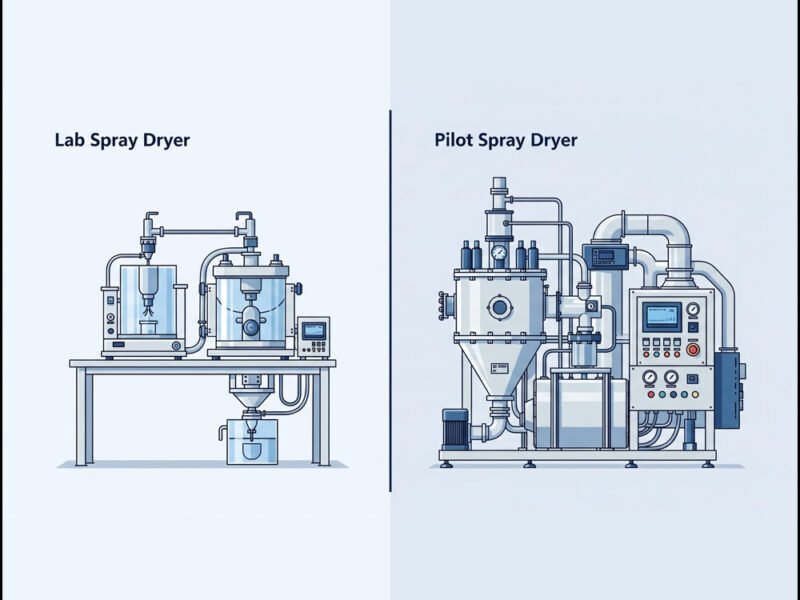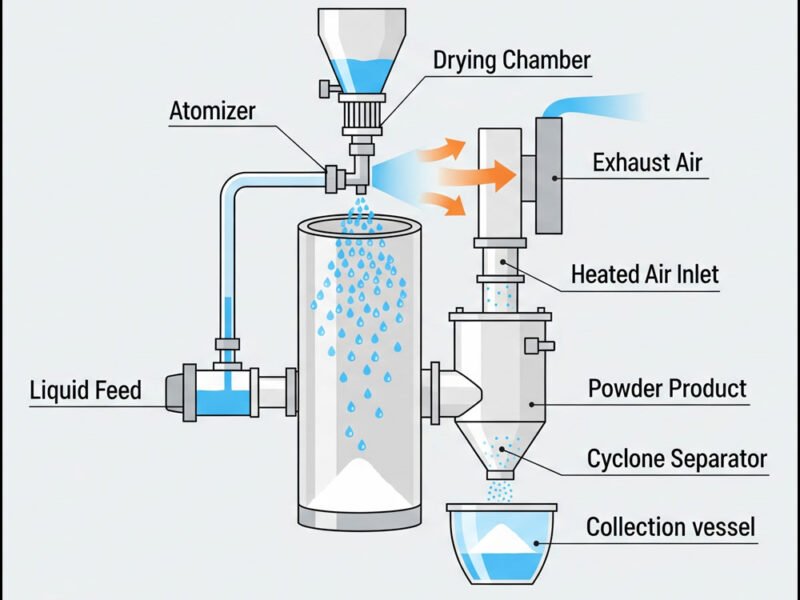Zero Liquid Discharge
An advanced wastewater management strategy where all water is recovered and reused, leaving zero liquid to be discharged into the environment. It’s a fundamental shift towards a circular water economy.
Why is ZLD Essential?
The push for ZLD stems from multiple converging pressures. Environmental regulations are tightening, water scarcity is a growing global risk, and industries are recognizing the economic value of recovering water and other resources from their waste streams.
How It Works: Technology & Process
A ZLD system is a multi-stage process combining several advanced technologies. The goal is to progressively concentrate the wastewater, separate pure water from dissolved solids, and finally, recover those solids.
The ZLD Process Flow
Pre-Treatment
Removes solids & impurities to protect membranes.
Concentration
Reverse Osmosis separates water from dissolved salts.
Evaporation
Remaining brine is heated to evaporate water.
Crystallization
Salts precipitate out and are recovered as solids.
Key Technology Groups
- Filtration (MF/UF/NF): Membrane-based separation to remove suspended solids, colloids, and larger molecules.
- Chemical Precipitation: Adds chemicals to convert dissolved contaminants into solid, insoluble particles for removal.
- Softening: Removes hardness ions like calcium and magnesium to prevent scaling on downstream equipment.
Where is ZLD Applied?
ZLD is most critical in water-intensive industries that face stringent environmental regulations or operate in water-scarce regions. Power generation and heavy manufacturing are leading adopters.
Implementation Challenges
Despite its benefits, ZLD adoption faces significant hurdles. The economic investment is substantial, and the technical complexity requires highly skilled operation and maintenance to manage issues like membrane fouling and energy consumption.



